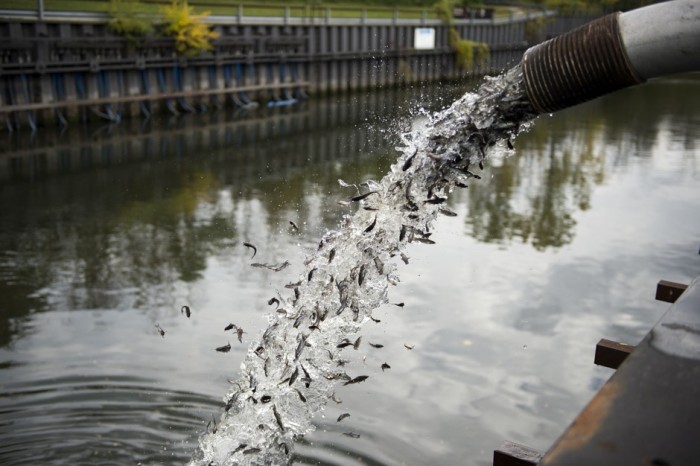Earlier this year, a two-year partnership between the Illinois Department of Natural Resources and non-profit Friends of the Chicago River instigated the release of 30 000 catfish into the Chicago River.
Catfish were once native to the Chicago area, but the population size decreased due to increased levels of phosphorous and nitrogen, which reached the Chicago River through raw sewage and industrial development Chicago River. The poor water quality diminished the ecosystem.
In excess, phosphorous and nitrogen caused a phenomenon known as an “algae bloom” or the rapid increase or build-up of algae. The blooms occurred in the Chicago River because both phosphorous and nitrogen are nutritious and cause algae to overgrow, this is troublesome because a large algae population drains the water of oxygen.
The year-old catfish were released at various locations along the river in an effort to clean up the notoriously polluted water, to increase the catfish population and to restore their habitat. “You should have seen it,” says Frisbie. “They came up from southern Illinois in a truck, and were shot out of pipes into the river,” executive director of the non-profit Friends of the Chicago River, Margaret Frisbie said.
The project also includes the construction of nesting cavities made of permeable concrete tubes to encourage reproduction. Experts estimate that it will take four or five years – the time it takes a catfish to mature – for the long-term effects to become evident.
Image via Citylab.







